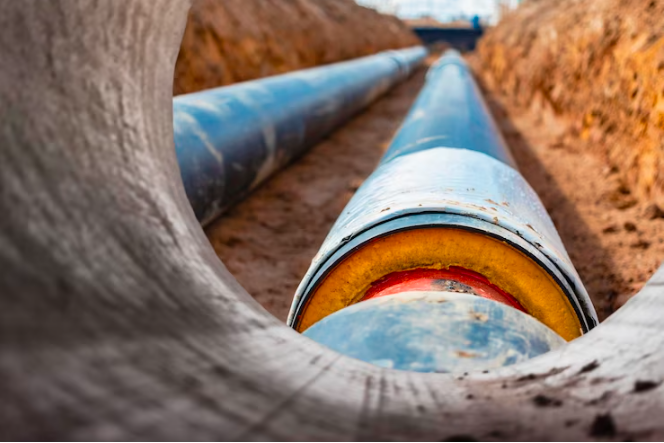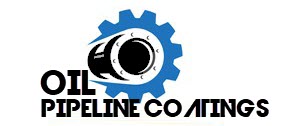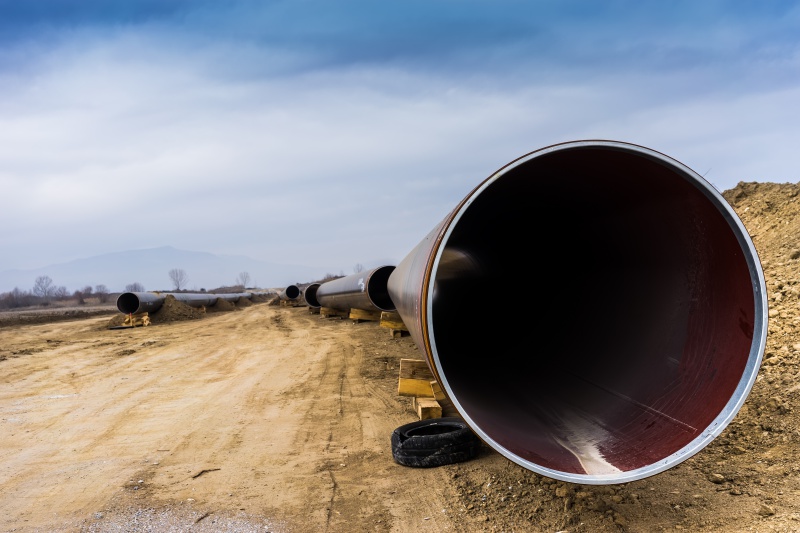Pipelines play a vital role in the transportation of fluids, such as oil, gas, and water, across vast distances. To ensure their longevity and structural integrity, pipelines require protective coatings. In recent years, automatic internal and external pipeline coatings have gained prominence as versatile solutions for enhancing pipeline durability. In this blog post, we will explore the advantages of these coatings, their application processes, and how they contribute to the overall maintenance and performance of pipelines.

I. Understanding Automatic Internal Pipeline Coatings
Automatic internal pipeline coatings, also known as pipeline lining or pipe rehabilitation, involve the application of specialized coatings to the inner surface of pipelines. These coatings serve various purposes, such as corrosion prevention, reduction of frictional resistance, and enhancement of fluid flow.
1. Corrosion Prevention:
Internal pipeline coatings act as a physical barrier between corrosive fluids and the pipe’s wall, shielding it from chemical reactions. They are designed to withstand the harsh conditions inside the pipeline, thereby extending its service life.
2. Enhanced Flow Efficiency:
The smooth surface provided by internal coatings reduces frictional resistance, ensuring a more efficient flow of fluids. This not only maximizes the pipeline’s capacity but also reduces energy consumption, contributing to cost savings.
3. Reduced Maintenance Costs:
The protective barrier created by these coatings minimizes the need for regular maintenance and repair. This leads to significant cost reductions over the pipeline’s lifetime.
II. Exploring Automatic External Pipeline Coatings
Automatic external pipeline coatings involve the application of coatings on the outside surface of pipelines to protect against external factors such as corrosion, abrasion, and environmental conditions.
1. Corrosion Protection:
External pipeline coatings shield the pipeline from corrosive elements in the soil, water, or atmosphere. These coatings act as a barrier, preventing direct contact between the pipeline and the corrosive agents, thereby reducing the risk of corrosion-related damages.
2. Impact and Abrasion Resistance:
External pipeline coatings provide a protective layer that helps withstand impacts from external objects and resist abrasion caused by soil movement or contact with machinery. This aspect extends the pipeline’s durability, even in challenging terrain or harsh operating conditions.
3. Environmental Protection:
Automatic external coatings also provide insulation against temperature fluctuations, protecting the pipeline from extreme heat or cold. Additionally, they act as a barrier against UV radiation, preventing degradation caused by prolonged exposure to sunlight.
III. The Application Process of Automatic Internal and External Pipeline Coatings
1. Surface Preparation:
Before applying any coating, proper surface preparation is essential. Both internal and external pipeline surfaces must be cleaned thoroughly to remove contaminants, rust, or old coatings that could affect the adhesion of the new coatings.
2. Coating Application:
a. Internal Pipeline Coatings:
Internal coatings are typically applied using automated internal pipe coating equipment. This equipment sprays or flows the coating material uniformly along the pipeline’s inner surface, ensuring complete coverage. The coatings are then cured using heat or UV light, depending on the specific coating material.
b. External Pipeline Coatings:
External pipeline coatings are applied either by manual or automated methods. The manual application involves using brushes, rollers, or sprayers to evenly distribute the coating material. In contrast, the automated application utilizes specialized equipment, such as robotic systems, for precise and efficient coating application.
3. Quality Control and Inspection:
After the coatings are applied, thorough quality control and inspection procedures are carried out to ensure adherence to standards and specifications. This includes testing for coating thickness, adhesion, and overall quality.
IV. Conclusion
Automatic internal and external pipeline coatings offer significant benefits in terms of corrosion prevention, enhanced flow efficiency, reduced maintenance costs, and protection against environmental factors. The application process, including proper surface preparation and careful coating application, ensures optimal performance and longevity of the coatings. By incorporating these coatings into pipeline infrastructure, industries can enhance their operational reliability, reduce environmental impact, and minimize overall maintenance costs, ultimately ensuring the efficient transport of vital fluids across long distances.

